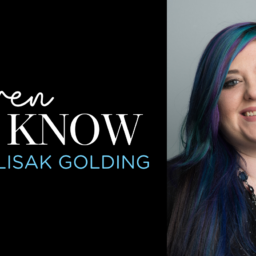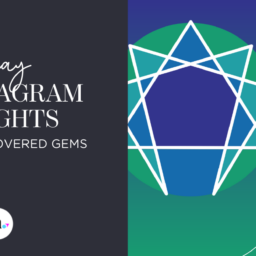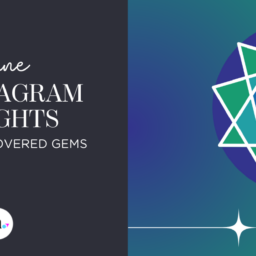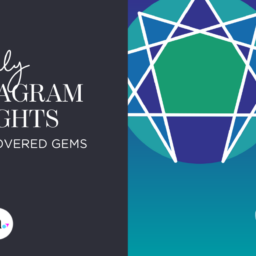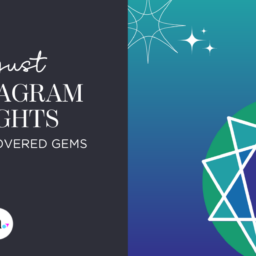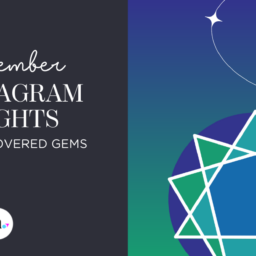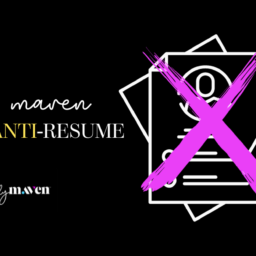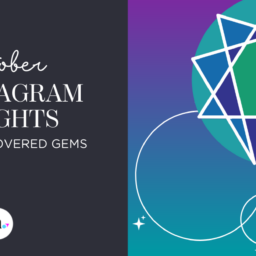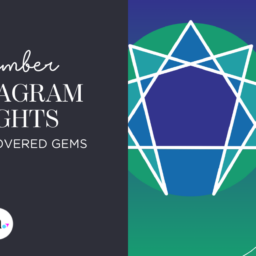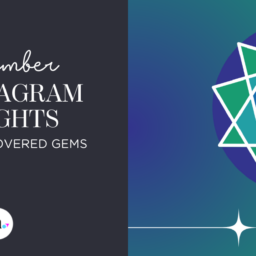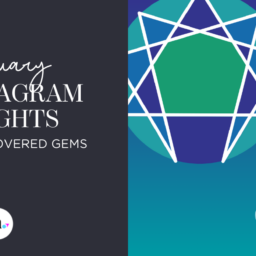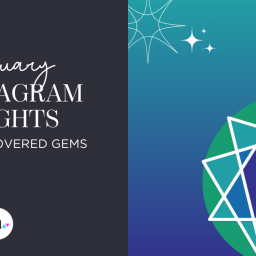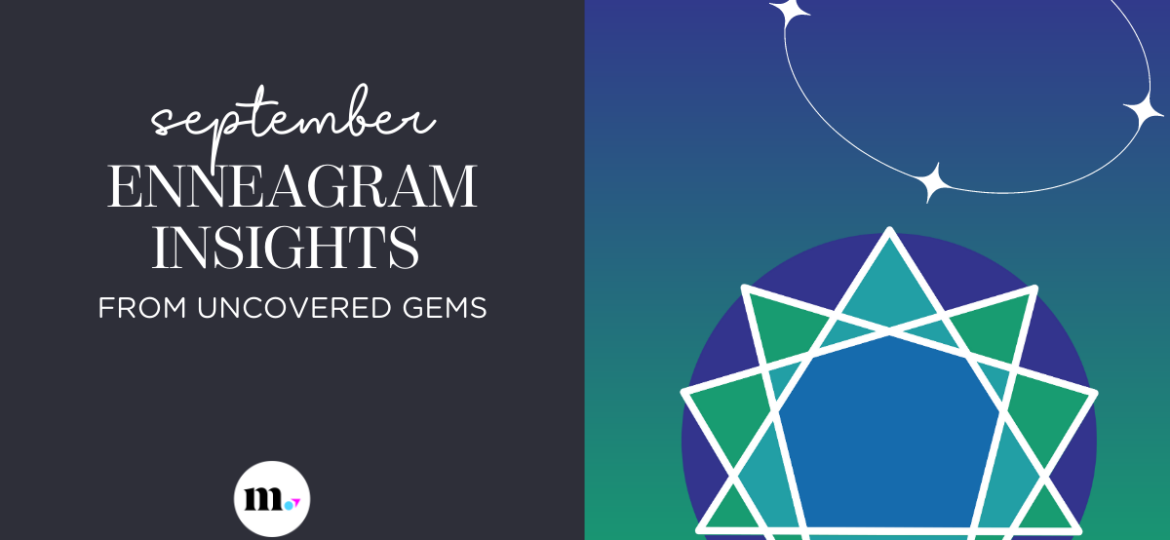
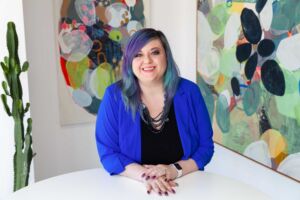 Welcome to Indy Maven’s Enneagram column coming by way of Jenn Lisak Golding of Uncovered Gems. Check out her website for even more info from the world of Enneagram, or to book a private session.
Welcome to Indy Maven’s Enneagram column coming by way of Jenn Lisak Golding of Uncovered Gems. Check out her website for even more info from the world of Enneagram, or to book a private session.
Have you ever thought that you resonated with more than one Enneagram type or even struggled being typed because of it?
You’re not alone, and this isn’t unusual. What most people don’t know is that, while we have a primary type, we are actually a combination of all the other types at varying levels. For example, when I was originally tested, I tested very high for types 2, 7, and 3. I commonly resonate with aspects of type 7 and 3, but at the end of the day, my core motivation ultimately comes back to that of type 2: to be wanted, needed, and loved.
So why is this information important? Beyond the fact that the Enneagram looks at core motivation instead of traits of behaviors, I’ve always loved the fact that the Enneagram doesn’t see us as just one thing; it truly isn’t meant to box us in as we are all multi-faceted unique humans. The true goal is to find the right integration of all the types, centers, stances, and instincts that help us be the best version of ourselves possible. This looks different for everyone and can be hard to accomplish while on your growth journey, especially as growth isn’t linear. We hit speed bumps and challenges along the way.
That being said, here are a few ways that you can support your own integration on your growth journey:
- Stop trying to give the right answer and find the right answer for you. When I conduct typing interviews, I ask a variety of questions to help me type the interviewee. However, many times, I find that people try to give me the “right” answer instead of the right answer for them. Growth starts when we’re honest with ourselves. It’s okay if certain aspects of yourself might need work; we all have them!
- What does happiness *truly* look like to you? We can’t grow if we don’t know what will make us happy. Ask yourself, if money, time, [insert other limiting factor here] was no object, what would you want your life to look like? Who would you want to be? For some, this isn’t an easy question—and that’s ok. However, by asking the question, you can start spending more time defining it and then figuring out how to move forward.
- The only way is through. The truth is the only way for us to deal with our demons is by staring them directly in the face. It’s uncomfortable, it hurts, and it can be hard to start. But it’s so worth it on the other side. Before I started college, I went through a traumatic experience that lived with me for almost seven years before I chose to deal with it. Once I did, it was the difference between having that experience at the forefront of my brain in the main living room versus now, where it’s stored in the back closet of my brain in a spot I rarely ever go in. Trust me, the pain is worth the relief on the other side.
- Listen to those around you. If you’re anything like me, it’s hard to accept compliments or truly accept the positive things others tell us about ourselves. If your friend tells you you’re beautiful, listen to them. Accept what they’re saying is true. Use their affirmations to create your own. We are our worst critics, so listening to those around us is important. On the flip side, be open to feedback when they have it. When someone gives you feedback, it’s likely coming from a place of care, not from malintent.
Here’s to becoming the best version of ourselves, Mavens.
Jenn Lisak Golding is a certified Enneagram coach through The Art of Growth and the face behind Uncovered Gems. She is also the founder and owner of the sister brand Sapphire Strategy, a measured marketing agency. Passionate about emotional intelligence, Jenn helps individuals, teams, and leaders on personal and professional growth journeys.
All of our content—including this article—is completely free. However, we’d love it if you would please consider supporting our journalism with an Indy Maven Membership.








